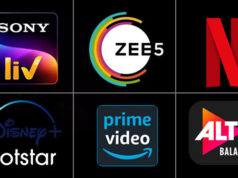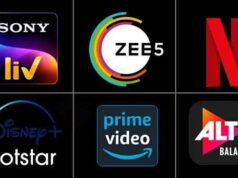The Information Technology (Intermediary Guidelines and Digital Media Ethics Code) Rules, 2021, were released by the Ministry of Electronics and Information Technology (MeitY) in February 2021, with the goal of including material stored on OTT platforms under its scope. It’s clear that the over-the-top (OTT) industry, which is expected to reach a $5 billion business in India next year, need a regulatory blueprint that supports creativity and innovation.
A new market like OTT requires minimum government or regulatory action, and policymakers should avoid putting unneeded barriers in the way. In other words, a balance must be achieved so that the government can properly apply its regulatory power in the event of a breach without compromising on people’s freedom to express themselves creatively and share their story. There are now around 23 lawsuits ongoing in India’s High Courts for alleged content infringement by OTT services. By ruling dated March 23, 2021, the Supreme Court paused all outstanding procedures and instructed that they be moved to the Supreme Court for hearing.
In an otherwise ruthless market, the OTT sector has become an equalizer for artists and performers, allowing them to present stuff that isn’t necessarily monetarily feasible. The new digital platforms, such as OTT, which allow subscribers to choose what material they want to view on their own, provide more room for innovation in a competitive environment, and follow the idea of fostering both content creator freedom of expression and consumer freedom of choice.
It is indeed fair to say that the current three-tier regulatory framework for OTTs is heavily influenced by the legacy broadcasting system established under the Cable Television Network Rules, 1994, which established the Broadcasting Content Complaints Council (BCCC) at the apex level under the auspices of the Indian Broadcasting Foundation on the basis of self-regulation.
The creative economy would suffer a significant setback as a result of this. Indian content is progressively gaining traction in the global content market, and such a hasty approach will obstruct the Indian M&E industry’s globalization. As a result, it is required to qualify and specify the Ethics Code’s boundaries, as well as to propose a process that is less onerous than the Rules’ three-tier self-regulation system.










